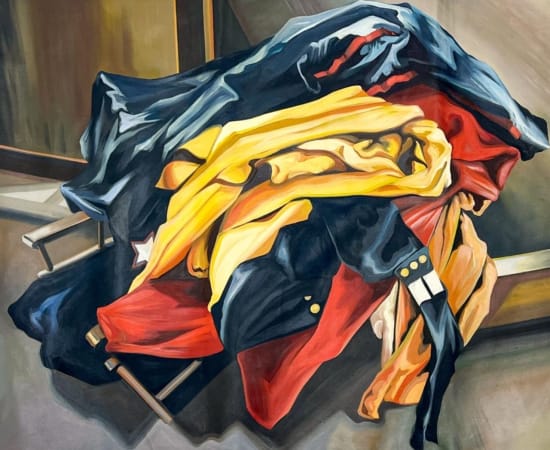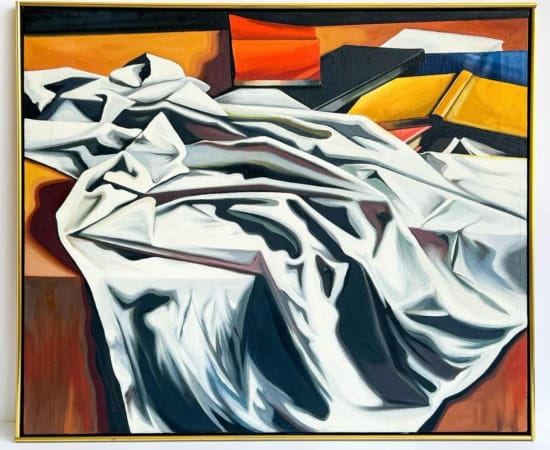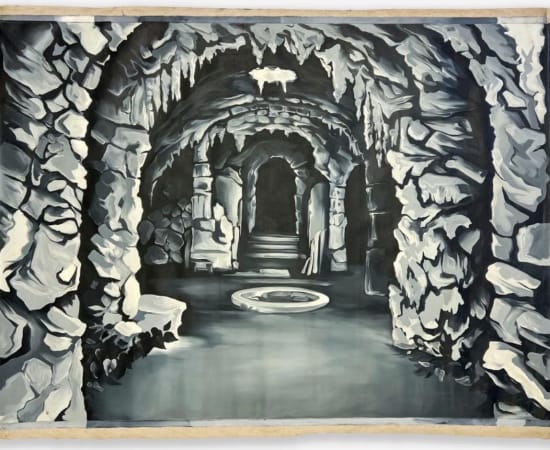Lowell Nesbitt (1933-1993) was a preeminent American artist known for his extraordinary realism and his innovative approach to still life. He became widely recognized for his detailed depictions of everyday objects—most notably flowers, fabrics, and books—which he portrayed in larger-than-life scale. His mastery of light and shadow, combined with his ability to transform the mundane into the sublime, has solidified his legacy as one of the most influential artists of the 20th century. Nesbitt’s works are part of prestigious collections, including those of the Smithsonian American Art Museum and the Hirshhorn Museum.
Join our community of Art lovers and collectors
Through your journey with ELiTY Art, you will cultivate your sense of audacity, confidence, taste, and sophistication.
Sign up to experience art with innovation and authenticity at its soul.
* denotes required fields
We use the info you submit via the contact form to service you. Your information is not sold and we take your privacy seriously. It may be used for marketing purposes.






